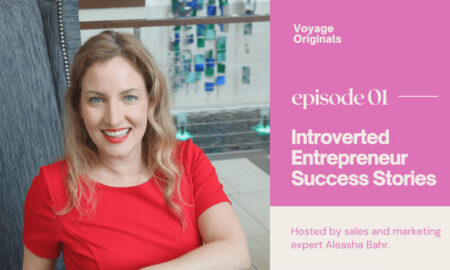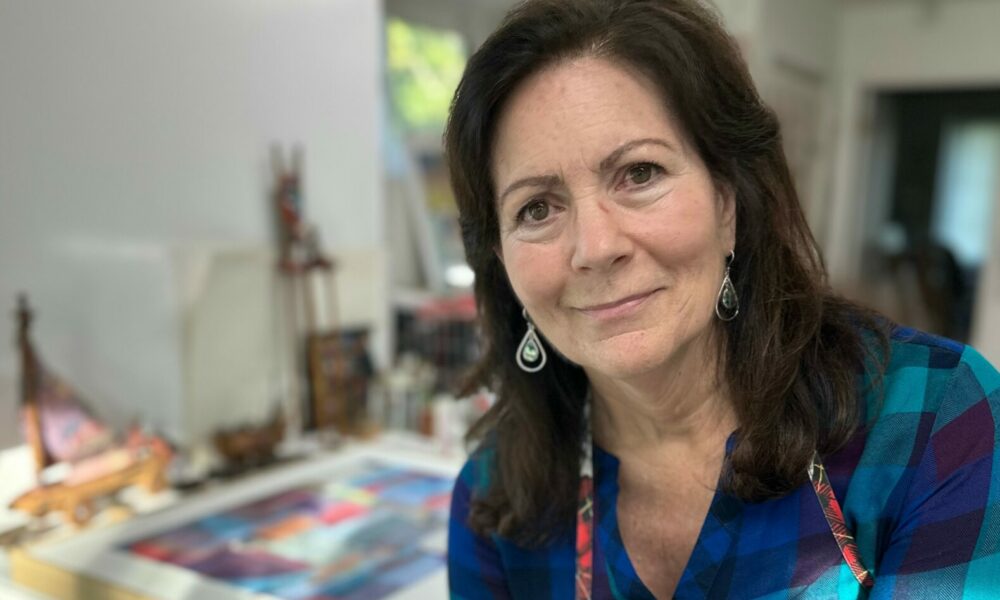

Today we’d like to introduce you to Jane Jennings.
Hi Jane, it’s an honor to have you on the platform. Thanks for sharing your story with us – to start, maybe you can share some of your backstory with our readers.
I have had a passion for creating since I was small. My earliest art-related memory is of sitting beside my dad at our easels. That is where the magic began! Throughout my years before adulthood, I created all sorts of painted, sewed, cut, and glued items. While learning art fundamentals in college, I decided to make this my life work. I was good at it and passionate to learn as much as possible. In 1981, I declared myself a business person and thus began the journey of successes and failures that anyone who chooses this path experiences. Putting yourself out in the public eye and coping with rejections from art competitions and shows is no small task. But, over the years, I grew accustomed to the bumpy ride. Admittedly, now that I’m a seasoned artist, the “no’s” are few and far between.
Would it have been a smooth road, and if not, what are some of the biggest challenges you’ve faced along the way?
I was born with a creative mind, which I will always have, but finding the time to create and prepare for upcoming shows and exhibits was sometimes challenging. Our children were babies when I began serious work as an artist. I found time to work at night, which worked for a few years. Studio time was limited to school days as they got older and busier with extracurricular activities. There were years when I could barely put together enough work for a major outdoor show in a big city! It was a stressful time. I also did all my matting and framing, adding to the demands. When the older ones were off to college, I began to find more hours in the day to get what needed to be accomplished.
As you know, we’re big fans of you and your work. For our readers who might need to be more familiar, what can you tell them about what you do?
When I decided to sell my work early in the 80s, I knew the key to success in the art business was to be a step beyond what others were creating. This required careful thought. How could I use the material differently and present it uniquely? My first foray in the mid-80s encompassed working with cotton paper pulp, using it as a sculptural material. I dyed it, added sparkles and other materials, or made it warp intentionally. I began to be accepted into more prestigious shows and was awarded a fellowship in 1988 at the Atlantic Center for the Arts. I was selected 1992 to create a large-scale paper and aluminum sculpture for the State of Florida Art in Public Places at the Daytona Beach International Airport. It was exciting and gratifying in many ways.
A few years later, I came to a crossroads. After 20 years of wet, messy pulp in my studio, the challenge was waning, and the mess grew. I had to launch into something new. The closest thing to wet cotton was dry cotton: fabric! Having sewn clothing since childhood, this seemed like a comfortable transition. Starting with art quilts for the wall, I moved on to hand-dyed Indonesian batik fabrics mounted on box forms for the wall. This led to printing my fabrics on cotton and silk organza. Printing digitally layered photographs on cotton and silk organza is now my primary medium. They are then cut and arranged on canvas in layers to create a unique depth effect. Once again, I found a unique niche. I know of a few artists throughout the country who work in this medium. It’s a thrill and a challenge to work with silk organza. Nearly transparent, it is a natural material that takes paints and dyes well but is quite temperamental when it is cut. Due to the loose weave, it frays easily and has a mind of its own when I adhere it to the canvas with a brush full of the matte medium as an adhesive.
However, the layered results produce colors and shapes that dance, and the viewer’s eye follows the patterns throughout the work. Some of my work is Abstract Expressionism, solely using colors, shapes, and sometimes text. Additionally, other pieces are photographic images that make visual statements on climate change or social issues of the times. For entertainment I build “found object sculptures” using random old objects such as roller skate wheels or small, antique wood boxes. Either way, each piece tells a new story. I love creating the work and strive to make people think, laugh, or be surprised.
Alright, so to wrap up, is there anything else you’d like to share with us?
I am passionate about working with youth in the local art community, so I joined the Board of Directors of an art organization called ArtHaus in 1997. I desired to see young people recognized for their creative endeavors. No more placing art on the kitchen refrigerator! ArtHaus has worked tirelessly in Volusia county to showcase student work in grades K-12 in a gallery setting with monthly art receptions. Additionally, we offer free programming for underserved youth. Over the years, I have come to recognize that the strength of ArtHaus’ many programs offered is threefold:
- The process of creating artwork builds self-confidence, especially for youth who are not involved with sports or other interests.
- Creating becomes a form of art therapy for children and adults, expressing unspoken thoughts and feelings.
- The act of creating stimulates and builds problem-solving skills in children, which is critical for success, regardless of what career a child chooses to pursue.
Pricing:
- The Sanctity of Water $880
- Serenity $775
- Mother Nature’s Plight $ 525
Contact Info:
- Website: www.janejenningsart.
com - Instagram: janejenningsart
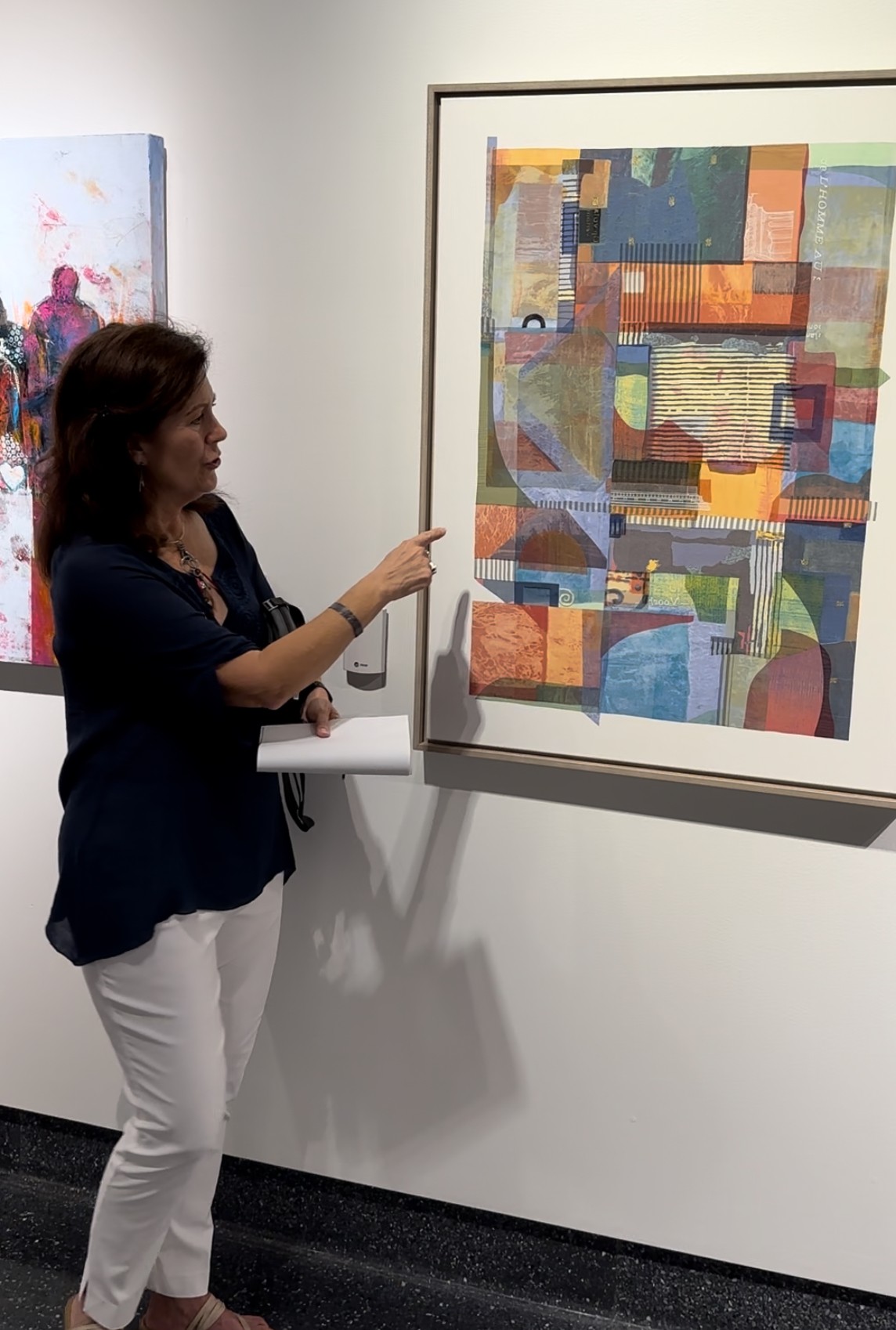
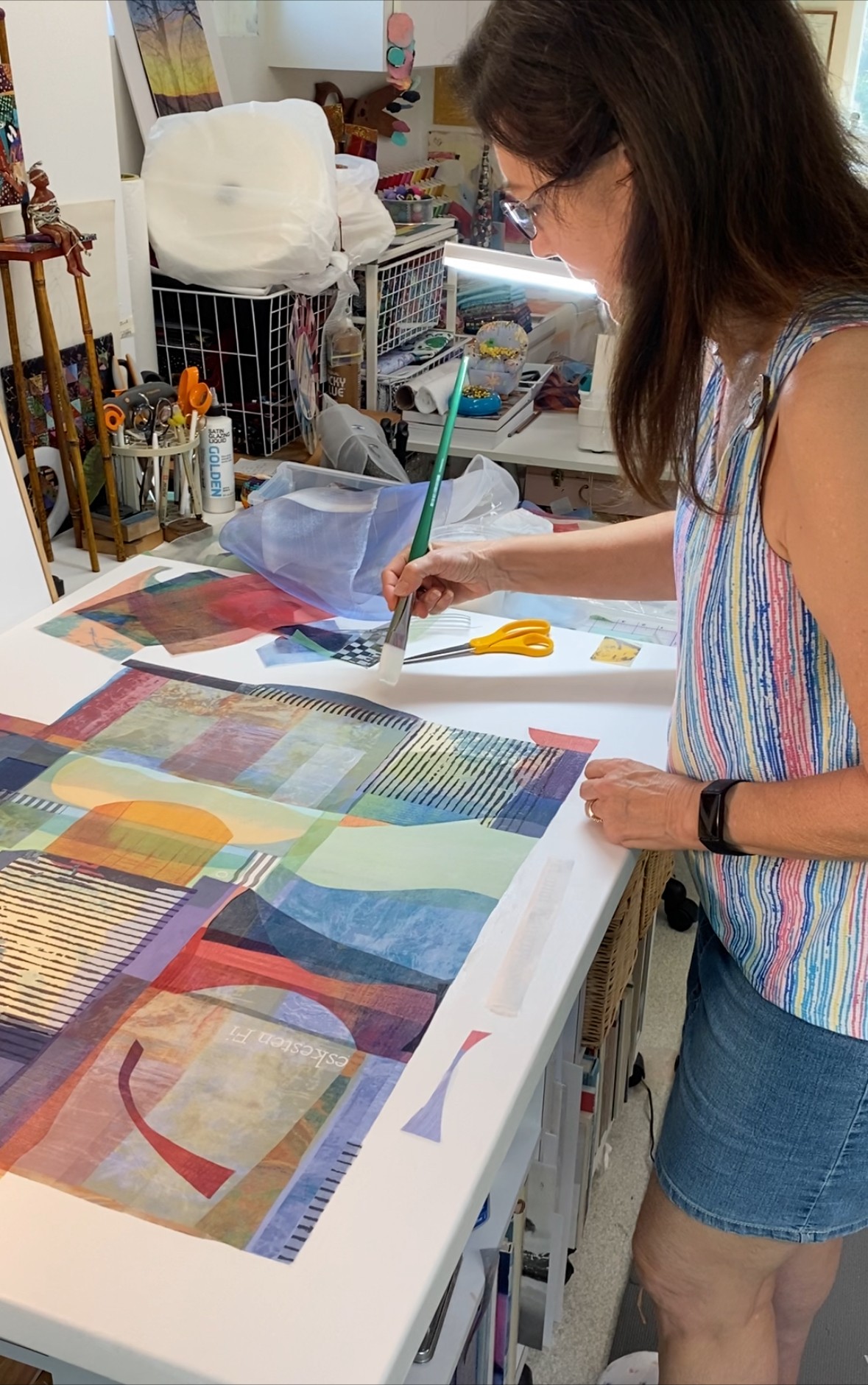
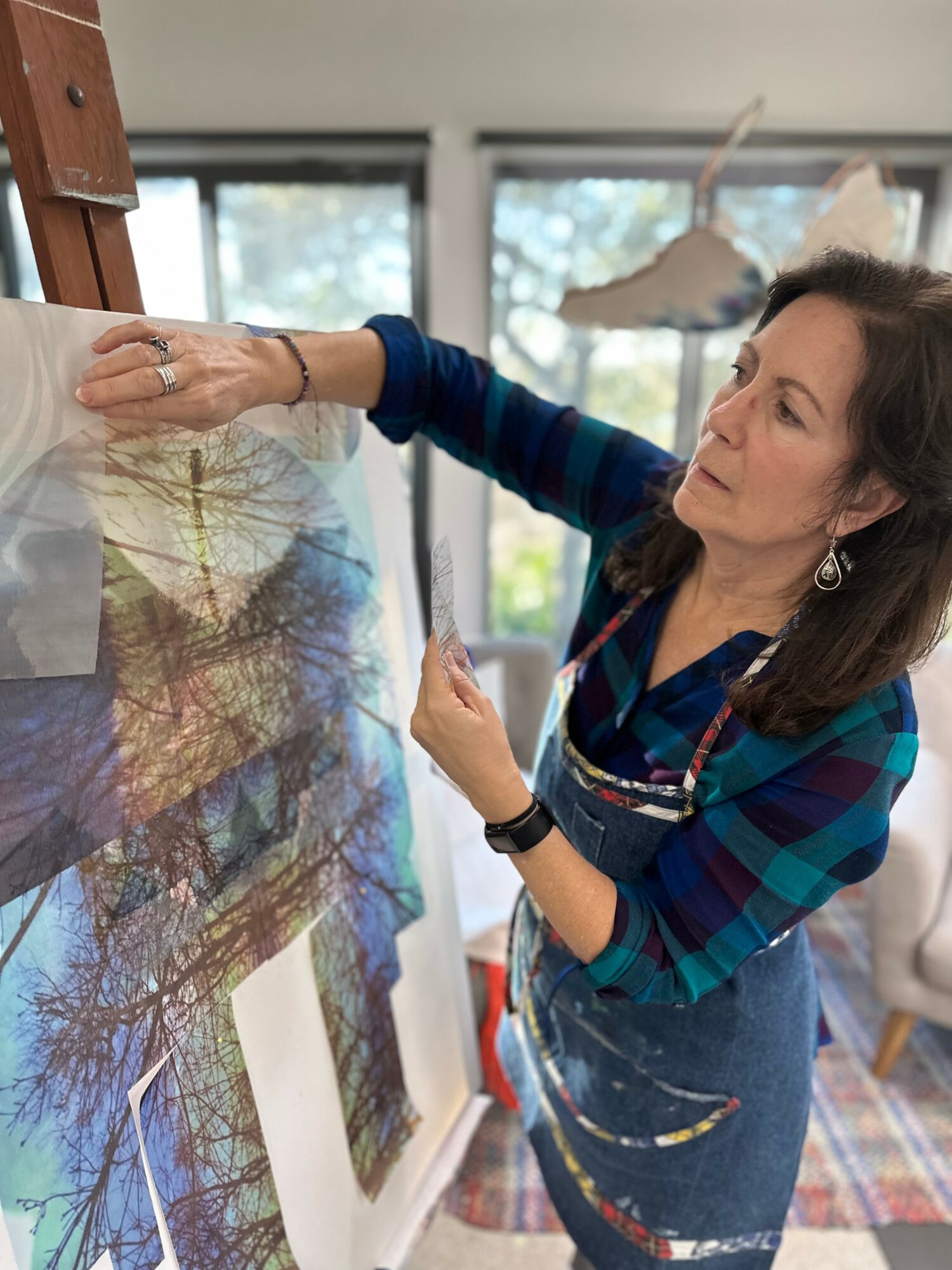
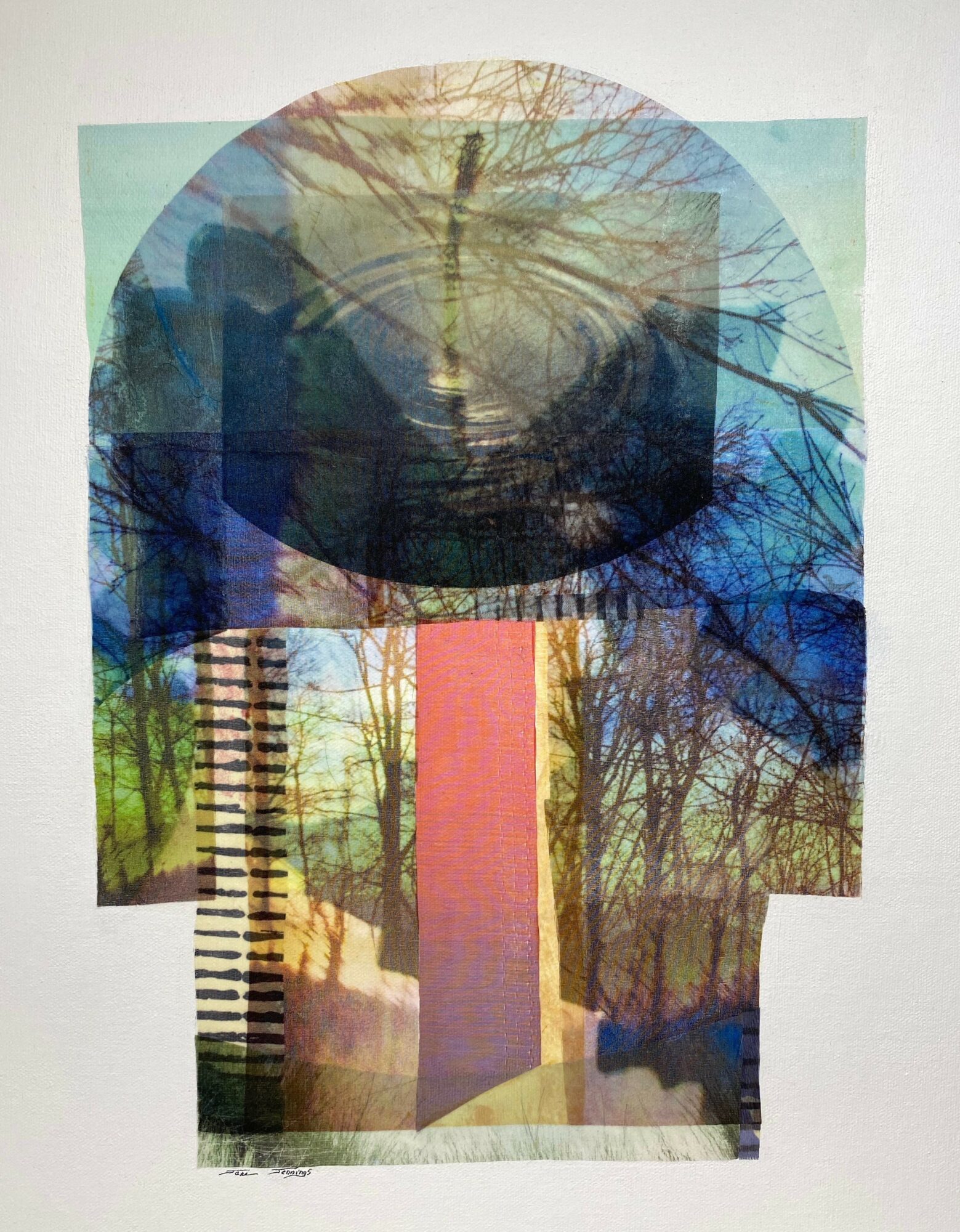
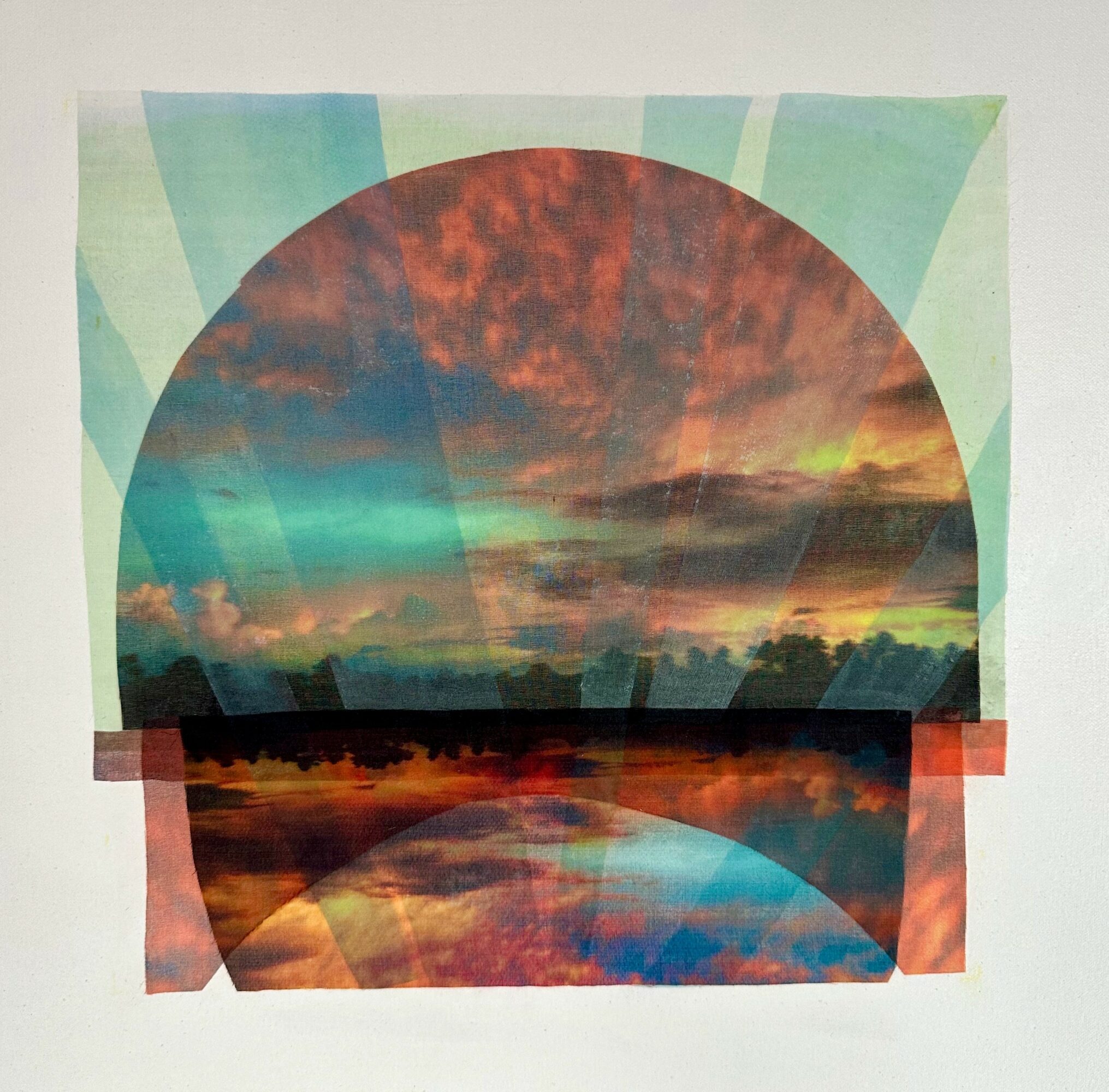
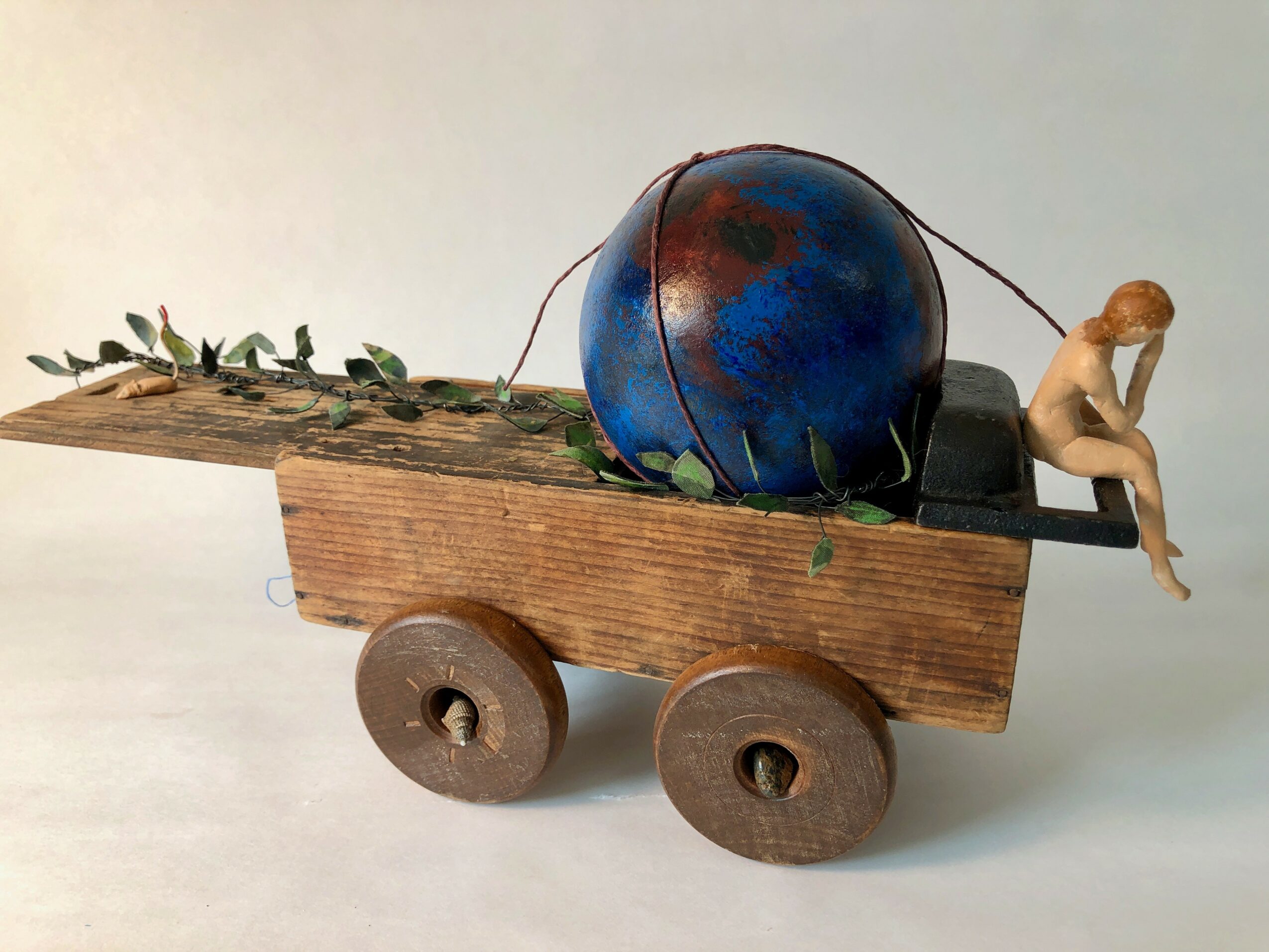
Image Credits
Photography by Lauren Jennings



